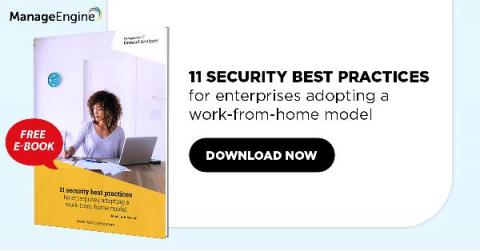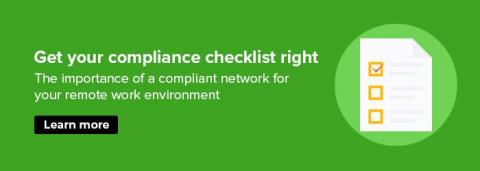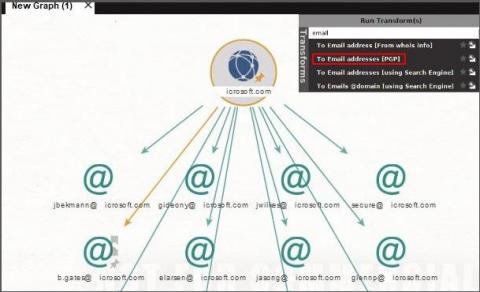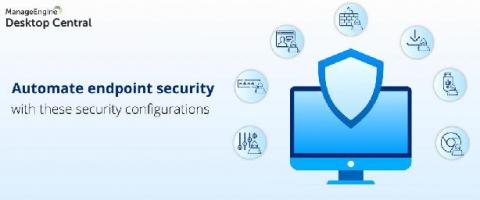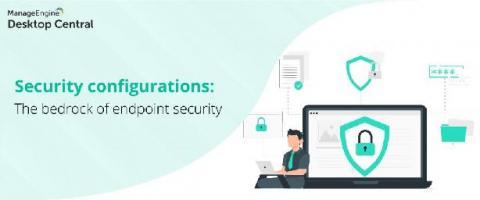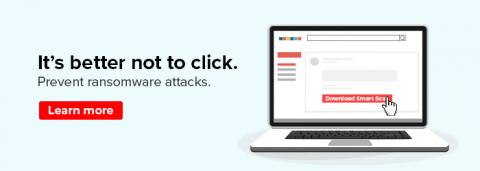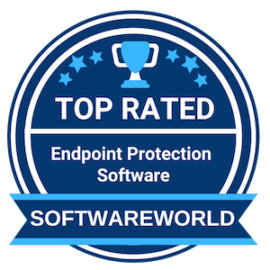11 security best practices for enterprises adopting a work-from-home model (Free e-book)
A majority of companies are moving towards a work-from-home model in an effort to reduce costs and improve operational agility. However, along with these advantages, a remote workforce brings up numerous security concerns. Download this e-book to learn how to secure your network and safely support a remote workforce.


